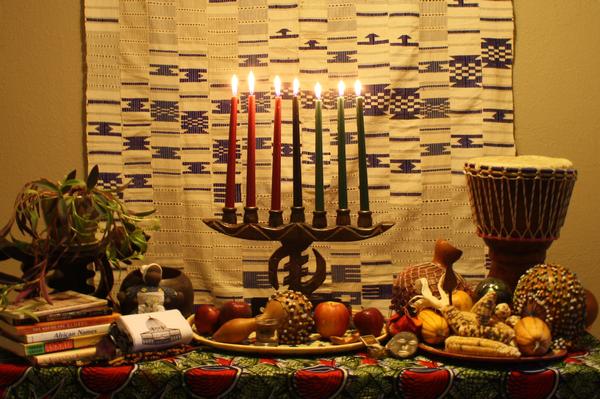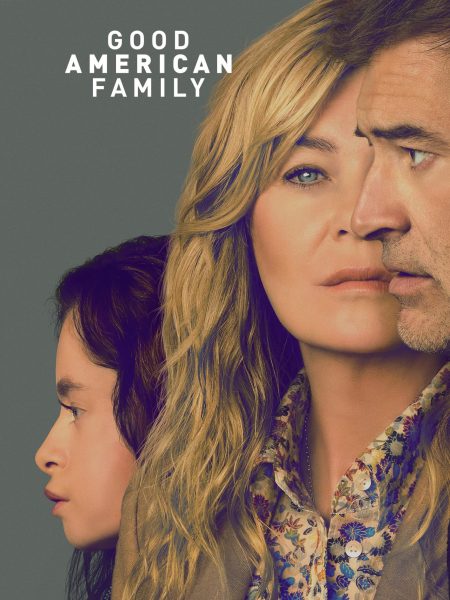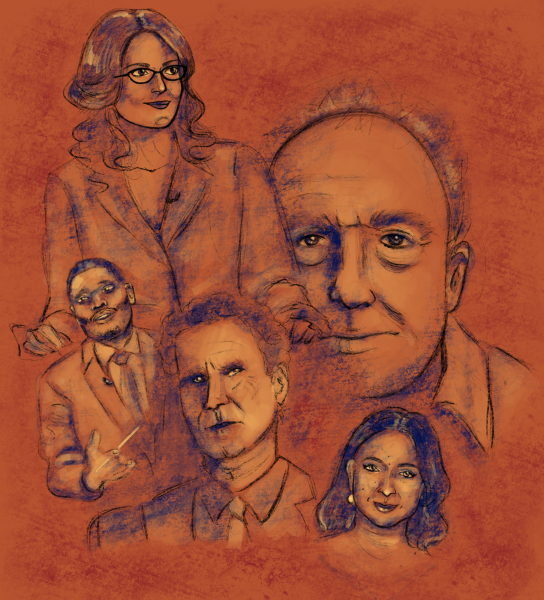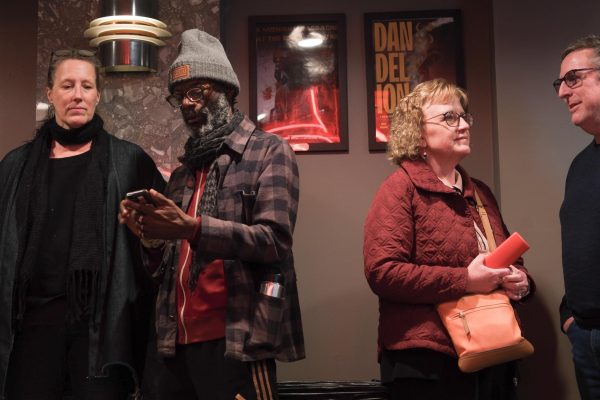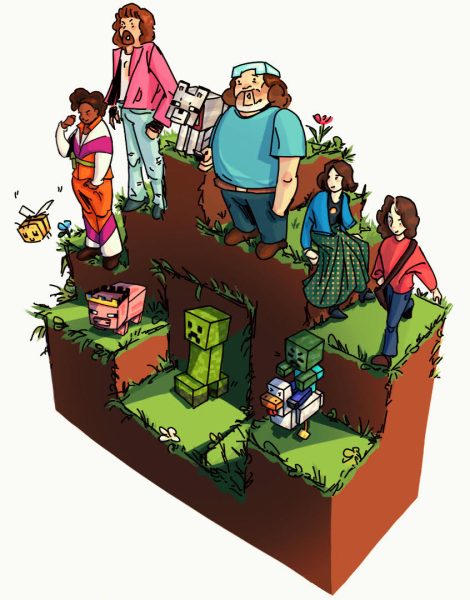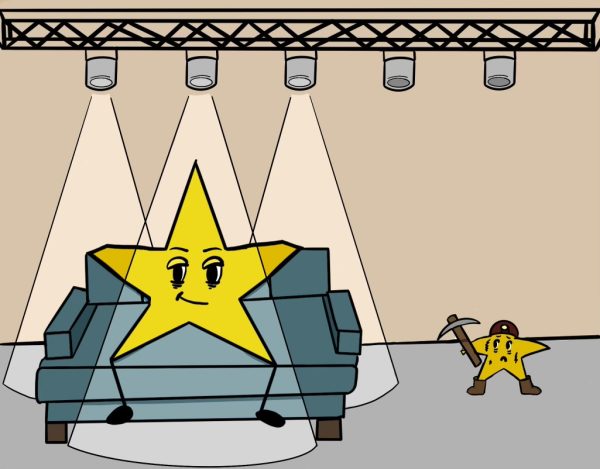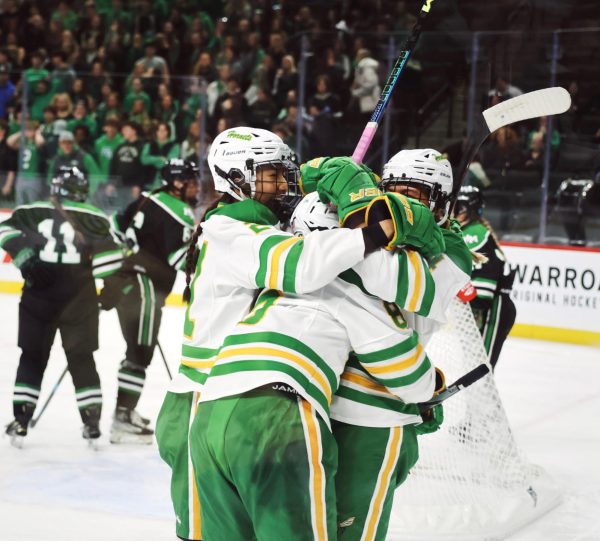What is Kwanzaa?
While most people are aware of the holiday, the actual history and celebration is widely-unknown.
Heri za Kwanzaa! aka Joyous Kwanzaa! Now you must be thinking, “What exactly is Kwanzaa?” Sure, most people have heard of it, but usually it doesn’t go further than that. I’ll give an in-depth explanation of the history of Kwanzaa, and how people celebrate it.
History
Kwanzaa was created by Maulana Karenga, an African-American professor, in 1965. It was made to be the first specifically African-American holiday to promote Black Heritage during the Civil Rights movement. It was made for the purpose of being an alternative to Christmas, however, most people that celebrate Kwanzaa also celebrate Christmas.
How to Celebrate?
There are seven days of Kwanzaa, and each day is given to one of the seven principles of African Heritage. The principles are Unity, Self-Determination, Collective Work and Responsibility, Cooperative Economics, Purpose, Creativity, and Faith. Observers decorate their home with art and symbols of Kwanzaa such as the Kwanzaa flag and a seven-pronged candle holder. Each of the seven days, one candle is lighted in a specific order and by the last day, all the candles are lit. On the sixth day (New Year’s Eve night), there is a Kwanzaa feast and since it is also the night of Creativity, observers give out gifts during this night too.
Kwanzaa Today
Though Kwanzaa has gained popularity when it was first created, and also in the 80s and 90s, when it was seen as a mainstream holiday such as Hanukkah and Christmas, today the numbers of celebrators have dropped. In 2004, BIG Research conducted a survey and figured that 1.6% of people around the world celebrated Kwanzaa. It is now predicted by the National Retail Federation that only 500,000 out of 40 million African Americans in the US still celebrate Kwanzaa. Though it seems to be a declining holiday, some still value its importance by teaching it to their children.
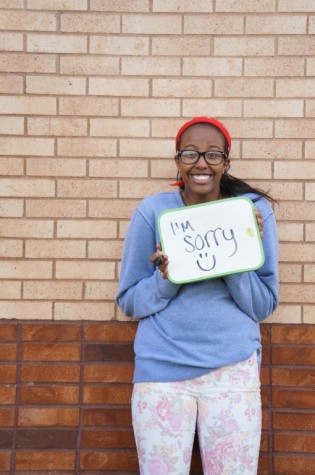
Farhia Osman is known for her great smile and kind personality, but what most do not know is that she has a secret talent. Farhia has the ability to finish...


